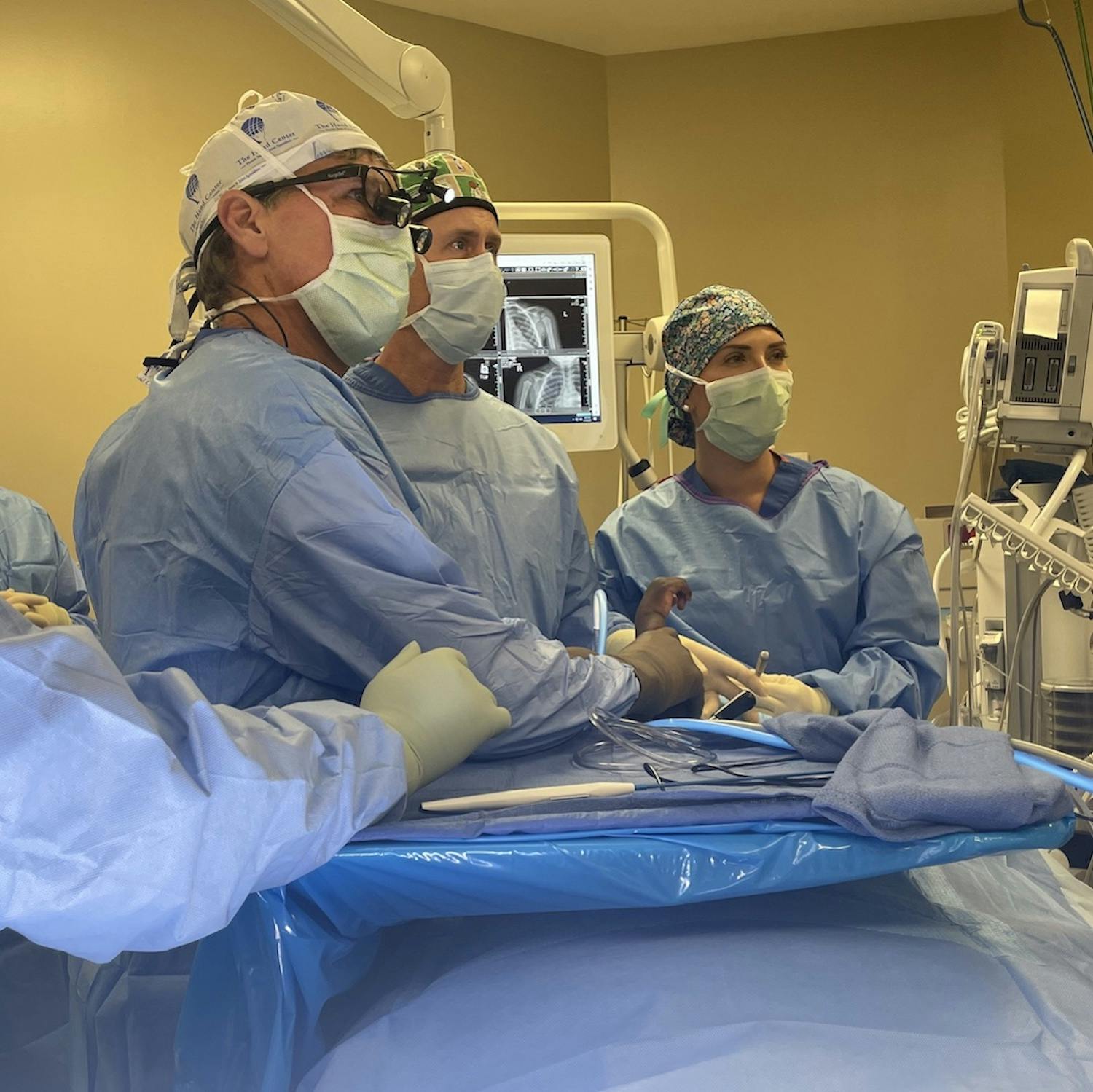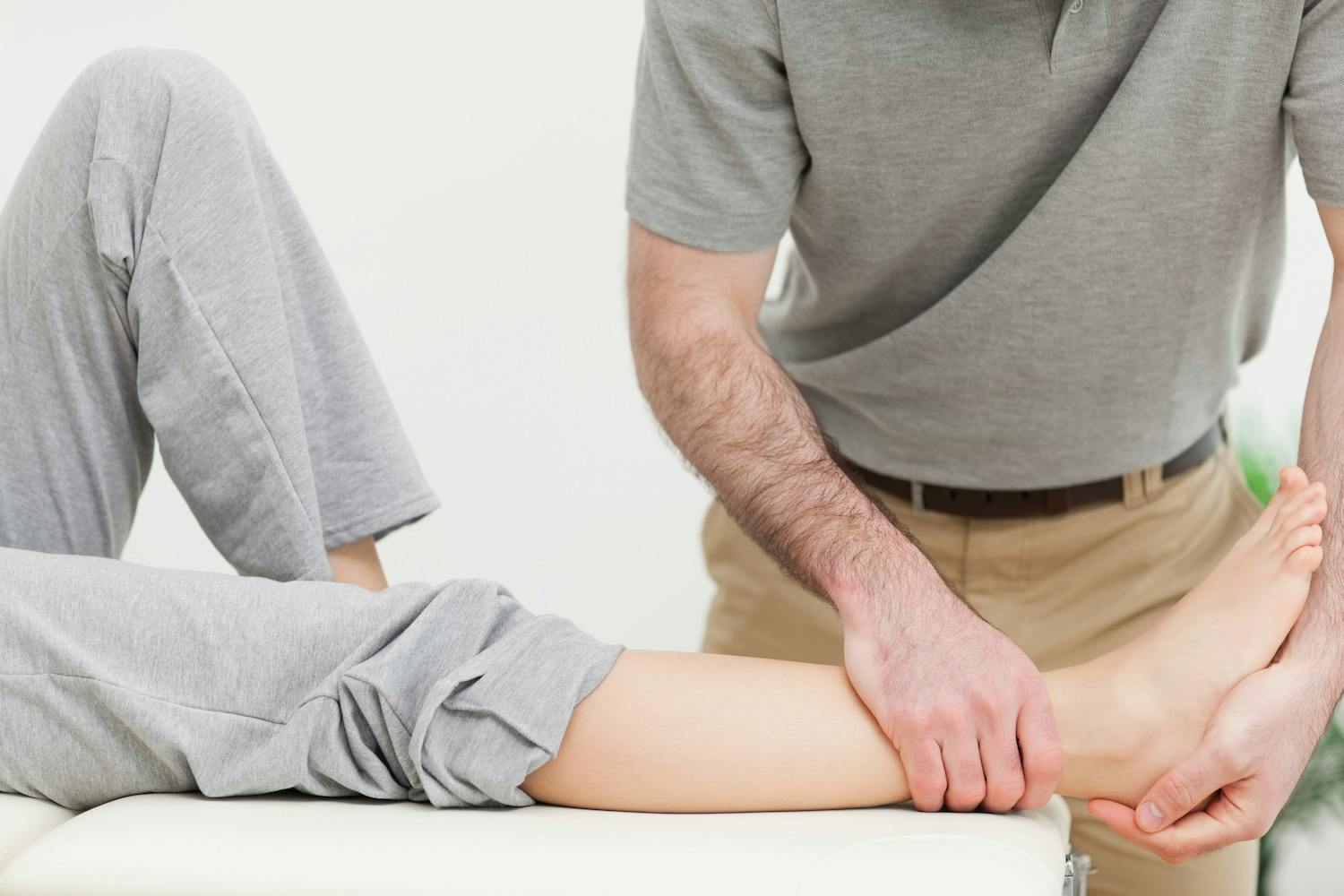- Blog
Dupuytren’s Contracture Surgery
Posted on 01-07-2025 in Hand by Dr. Steven Kronlage

Posted on 01-07-2025 in Hand by Dr. Steven Kronlage
Many times, patients are told that they do not require surgery. A painless bump or a ‘cord’ does not need intervention if it does not cause a contracture.
Indications for intervention are a contracture of the metacarpophalangeal joint (knuckle) of 40° or any contracture of the proximal interphalangeal joint (the first joint of the finger). Surgery or enzyme injection can treat the contracture. Nothing will ‘cure’ a patient of Dupuytren’s. The decision for which type of treatment will be made depending on the level of the contracture and the severity of the contracture.
Aponeurotomy is a procedure done in the office. Under local anesthesia, a small needle is used to break up the cords. This allows the finger to straighten. This is used in minor cases and cases primarily with an MP contracture. A splint is worn for three weeks at night. When done in the right clinical setting, the results are very good. Not all contractures are amenable to aponeurotomy. Also, it will not remove large knots and cords as surgery would.
Visit Dupuytren’s Contracture for additional information, including symptoms and diagnosis details.

Late last month, North Florida Bone and Joint Specialists orthopaedic surgeons Dr. Steven Kronlage and Dr. Chris O'Grady performed a life-changing procedure on two ½-year-old Nassir Andrew from Grenada through their newly formed non-profit, Hands of Hope Medical Mission (HoHMM). Drs. Kronlage and O'Grady, who also serve as Co-Presidents of HoHMM, performed the organization's first sponsored stateside patient operation at the Andrews Institute Ambulatory Surgery Center.

With National Family Health History Day approaching next week on Thanksgiving, it’s an ideal time to consider family health history’s role in your orthopaedic and sports medicine care. While many people think of family health history in relation to heart disease or cancer, a family history of orthopaedic conditions like arthritis, osteoporosis and other joint and bone issues can also impact your own risk and health management. Understanding and documenting your family health history can empower you and your orthopaedic provider to proactively manage or prevent conditions that could affect your long-term mobility and quality of life.

October is recognized as Physical Therapy Month, a time to highlight the essential role physical therapists play in improving the lives of patients dealing with orthopaedic conditions and sports injuries. At North Florida Bone & Joint Specialists, we provide comprehensive physical therapy services designed to help our patients recover faster, avoid surgery, and regain their mobility.